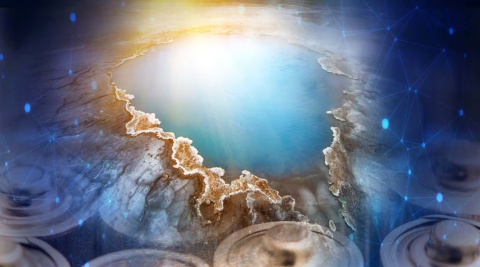
Electric vehicles are expected to be essential to reducing greenhouse gas emissions. As more of them roll off production lines and onto roads, the world will need two things: more lithium, the key element in the batteries that power them, and carbon-free power to charge those batteries.
Using computational modeling, researchers at Idaho National Laboratory say geothermal power generation may significantly address both challenges.
Annual passenger electric vehicle sales are predicted to more than quadruple by 2025, according to Bloomberg New Energy Finance. Industry experts estimate that lithium demand will rise nearly twentyfold, from 75,000 metric tons in 2020 to 1.41 million metric tons per year by the end of the decade.
In the journal Resources, Conservation & Recycling, Ange-Lionel Toba, an INL systems modeling researcher, and his colleagues Ruby Thuy Nguyen and Ghanashyam Neupane suggest that lithium from U.S. geothermal plants could meet up to 8% of the world’s demand. Extracting lithium from the brine before cycling it back into the ground might also offset geothermal capital costs, making electrical generation from geothermal more cost competitive.
See the full story at Idaho National Laboratory: It's in the water
